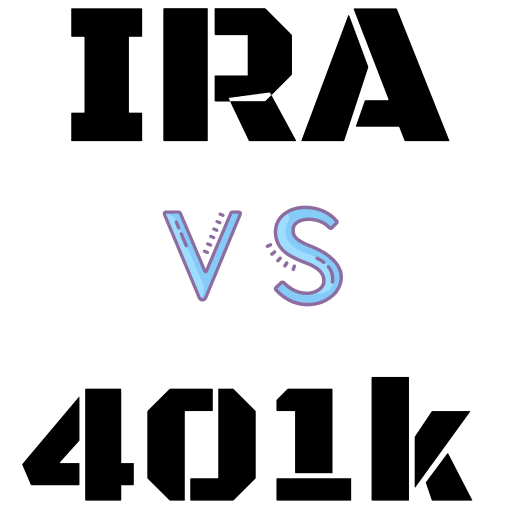
Q. I have been taking required withdrawals from my IRA since I turned 70½. I’m 74 now. I recently retired and moved all of my 401k funds to an IRA. Will my required RMD increase for this year? The IRA value has doubled with the transfer.
— Henry in Indian Harbour Beach
A. Henry, the required minimum distribution (RMD) from your IRA for 2021 is not affected by the transfer. The required amount from your IRA for 2021 is based on your age at the end of 2021 and the Dec. 31, 2020, balance. The funds from the rollover were not in the IRA on Dec 31, 2020, and therefore have no bearing on the 2021 RMD. However, the rollover will affect the RMD for 2022 because that RMD is based upon the Dec. 31, 2021, balance.

Keep in mind though that the 401(k) had a balance on Dec. 31, 2020. This means there is a RMD from the 401(k) for 2021. The RMD attributable to a 401(k) must come from that particular 401(k). You cannot use distributions from another 401(k), an IRA or any other account to satisfy the requirement.
There is an exemption from the Required Minimum Distribution from a 401(k) that may have been applicable to you thus far. RMDs can be skipped from a company 401(k) as long as you are still working at that company, you own less than 5% of the company, and the 401(k) has the required language in its documents.
More:Remember this as you consider financial moves: Higher yield means higher risk
More:It’s always the right time of year to ask: When are Roth IRA distributions taxable?
However, if any of those three criteria are not met in a given year, the 401(k) is subject to RMD. Hopefully, you have been taking your RMD or were exempted these last few years. If not, you will need to work with your tax advisor to try to fix the error. If you were exempted under these still-working rules and retired in 2021, you have until April 2022 to take that first RMD from that 401(k). It would be odd for the 401(k) to not communicate your distribution requirements or transfer the funds to an IRA without requiring a RMD but it can happen.

Another point of confusion revolves around Roth 401(k) accounts. While Roth 401(k)s share many of the same attributes as Roth IRAs, they are not identical. One significant difference is Roth 401(k) accounts are subject to RMD but a taxpayer’s Roth IRA is not. Because Roth IRAs are not subject to RMD, many taxpayers assume they do not need to make any Roth 401(k) distributions. This incorrect assumption can result in tax penalties.
The required minimum distribution rule can get a bit tricky when there are multiple retirement accounts and IRAs involved but it is very important to understand and comply with these rules. The penalty for failing to take a RMD is 50% of the shortfall. For instance, say your RMD was $50,000 and you only distributed $30,000. Your shortfall is $20,000 so your penalty is $10,000.
That is one of the stiffest penalties in the tax code.
Ouch.
Dan Moisand, CFP®, is a past national president of the Financial Planning Association and has been featured as one of America’s top financial planners by at least 10 financial planning publications. He can be reached at www.moisandfitzgerald.com or 321-253-5400 ext 101
